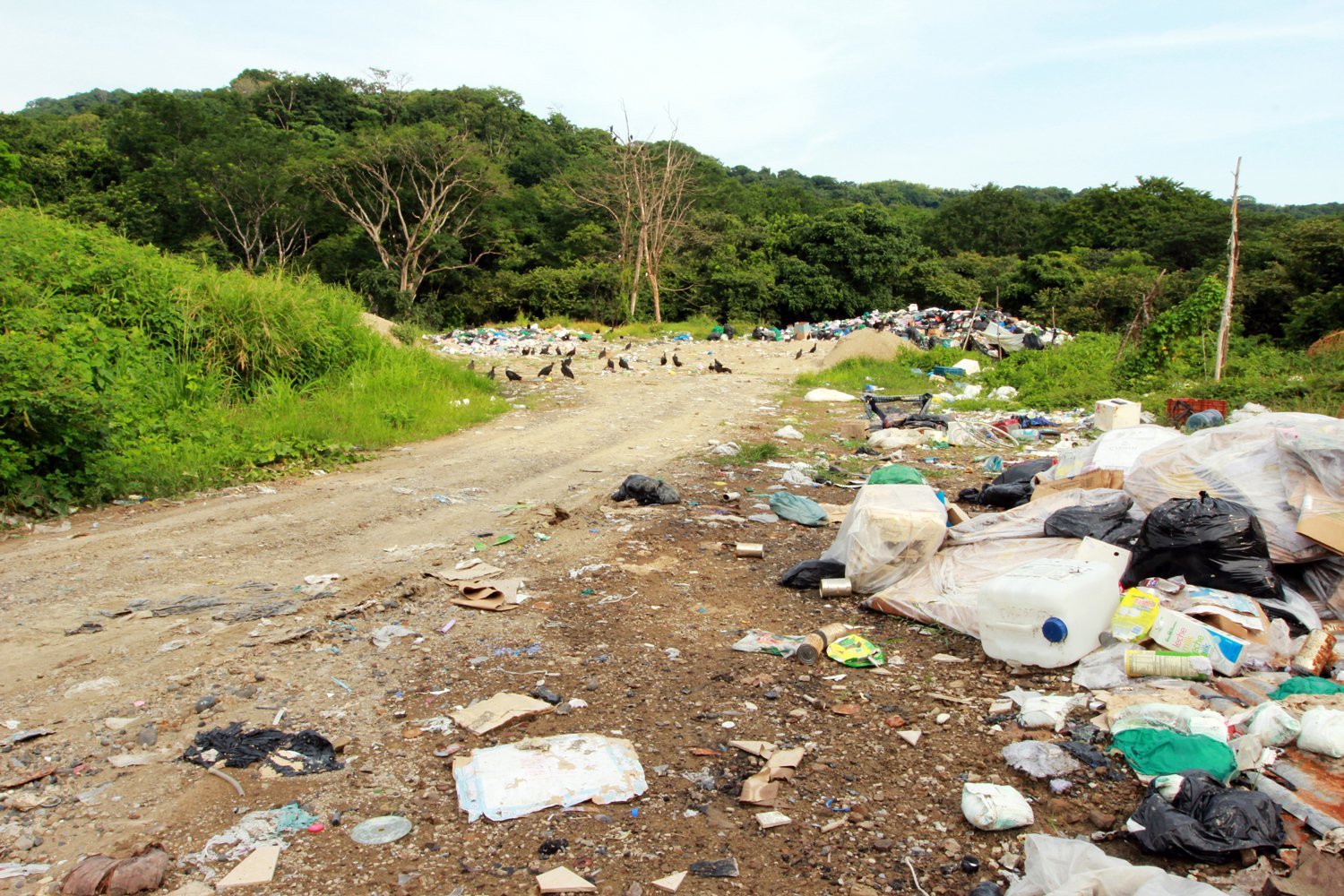Project Info
Project Architect : Tobias Holler

Introduction
A small group of students and architect Tobias Holler of sLAB Costa Rica at the New York Institute of Technology, have teamed up to design and build a communal recycling center for Nosara, Costa Rica – a city that is facing grave problems with sanitation and illegal dumping of garbage on beaches and in wildlife areas. Construction started last summer after a Kickstarter campaign that raised $15,000 helped provide expenses and costs associated with housing the students that assisted with the construction. A relaunch of the Kickstarter campaign will provide the project with additional funds to bring the students back to accelerate the pace of construction. The funds also support the documentary by Ayana de Vos, whose film follows the progress of the project and features waste management and sustainability in Costa Rica.

Details
The motivation behind building a Communal Recycling Center is based in the severe problems that Nosara specifically, and Costa Rica in general, has in municipal waste management. Without appropriate infrastructure and policies, over 1400 tons of waste is deposited into unregulated dumps daily. A lot of the garbage makes its way into rivers and forests, pollutes ground water, threatens the health of local communities and destroys wildlife.
The Nosara Recycling Center will filter out the recyclables that enter the dump and will process them to be sold for future transformation into new materials. The center will help reduce the waste that is constributing to unsanitary conditions and will also serve as an education center for proper waste management.
In late 2011, a competition was held by the organizing professor, Tobias Holler, for a design of the facility. Nine winners were chosen to present and discuss their projects with local architects, Salagnac Architectos, in Costa Rica. The final design was selected in the Spring of 2012, inciting the first Kickstarter Campaign. The design that is currently under construction, funded in part by the donations through Kickstarter, is realized in three zones including a sorting facility, an open lobby and auxiliary spaces.

Inspired by a simple structure and local materials, the building is designed to take advantage of passive tropical design strategies that lower the costs of cooing and ventilation. The building features high ceilings and a long narrow plan that allows air to circulate freely through the space and reduce heat buildup. Concrete and wood are used for structural members, while salvaged and recycled materials are used on the walls and roof. Cisterns on the roof will collect rainwater during the wet season to provide for the facility’s water needs. The build is fairly open, allowing visitors to see the processes of the the sorting facility and engage with the community.





